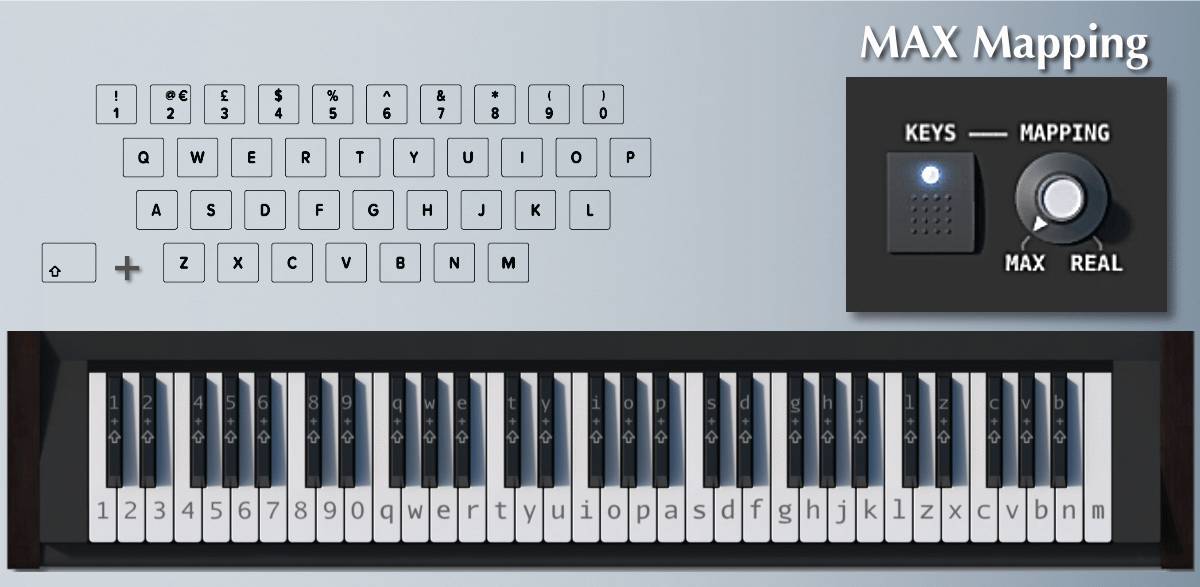

Will the game be priced differently during and after Early Access? I would like to hear your feedback about performance, the current state of the game and new planned features.” Throughout Early Access, I hope to bolster the virtual environment and game mechanics. “The released version should be a game without major bugs, all currently implemented features are listed in the "About This" section. What is the current state of the Early Access version? Multiplayer mode (Play the piano with your friend.I'm open to new ideas, too - you can add your suggestions to VR Pianist's Discord. “I plan to work on the new features listed below but please be aware that they can change during the development process based on the community's reactions and preferences.
#VIRTUAL PIANO ALL STAR FULL VERSION#
How is the full version planned to differ from the Early Access version? I look forward to your feedback and I will appreciate it very much, if you will help me get the game into the world.”Īpproximately how long will this game be in Early Access? You can play more than 20 different songs in three difficulty levels in three different surroundings. Nevertheless, I believe this game has a lot to offer in early access, too. This is why I decided to release this game as an early access without all planned features. The game is almost finished, but I still have a lot of new ideas in mind and I want to be sure they will be implemented correctly. This would involve MIDI processing and more advanced graphics.“This game is the first released game of a solo developer, which is why the feedback is the most important part for me and will be very much appreciated. I would still like to eventually make a Synthesia-like program that visualizes piano.

Label each piano key w/ the corresponding computer key.I used openFrameworks' ofxGui Library to draw my graphics. I used piano sounds that were recorded by a Steinway Piano at University of Iowa's Music School. To load and play the audio, I used openFrameworks' ofSoundPlayer Library. I also renamed all the audio files for easier loading and handling. I edited all 88 piano key sounds and converted them to mp3 files. I based my dimensions off of the graphic down below: I tried to create a keyboard with the exact dimensions of a standard piano. Similarly, every key that is pressed will light up in the color of the layout's outline.

Additionally, each layout will be highlighted with a distinct color. You may continue shifting across the piano's 5 different 48-key locations with the arrow keys. As a result, you will now be able to play on the 48-key layout as depicted below: If you would like to move to the right on the virtual piano, you can press the right arrow key on your computer keyboard. When you first run and open the virtual piano, you will be able to play the default 48-key layout as shown below: As a result, the 48 computer keys correspond to any of the 48-key piano layouts. The user can pick from the piano's 5 different 48-key layouts by using the left and right arrow keys on their computer keyboard. The first key starts at the very top-left of the outline, and the last key is at the very bottom (space bar). As depicted in the image below, all 48 keys are within the red outline. Not all computer keyboards have 88 keys, so the virtual piano only requires 48 computer keys to be played. I used C++ openFrameworks for processing/loading graphics and sound. I created a full 88-key virtual piano that can be played with a computer keyboard.


 0 kommentar(er)
0 kommentar(er)
